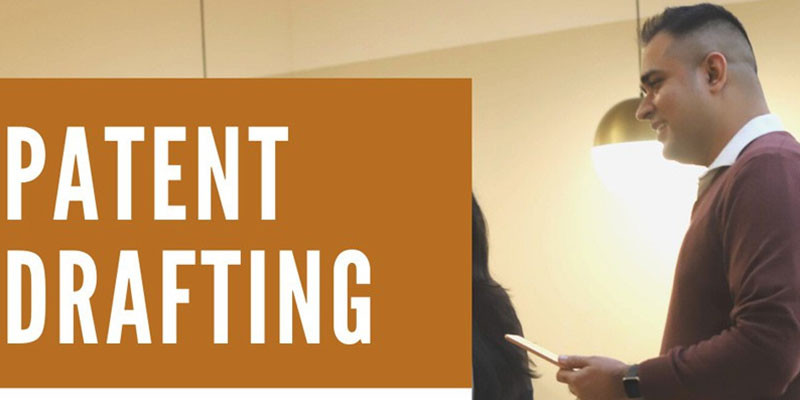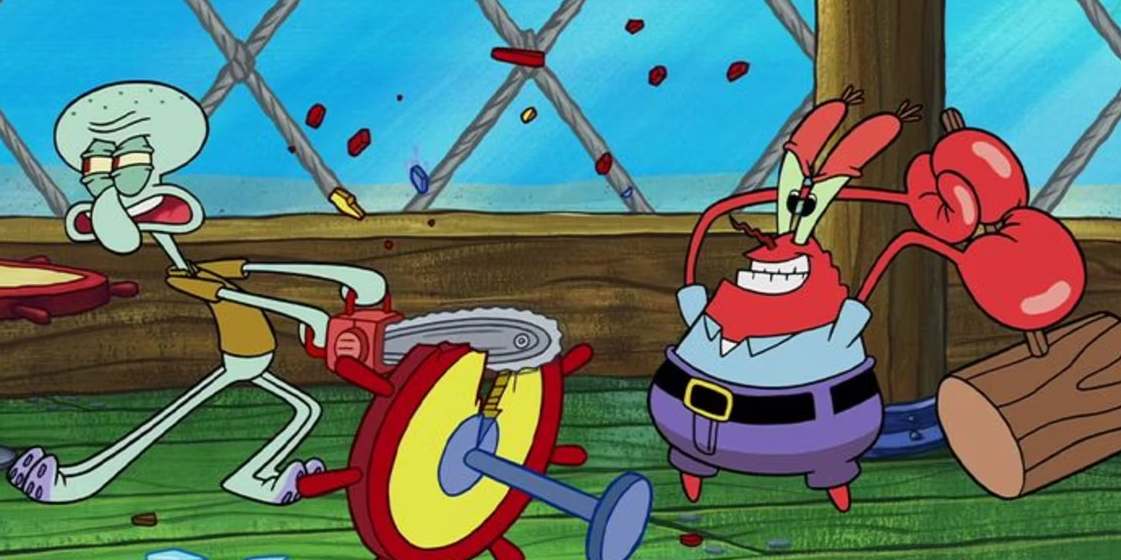Well, a patent grants its owner the right to exclude others from making use of the patented invention, while a patent license reproduces utilization rights obtained by an investor for that specific patent. By granting any sort of non-exclusive license, the patent owner actually promises to not sue the licensee for patent breach. And if you want to get into drafting patents for litigation and licensing; you can do that too with expert services.
Patent licensing in simple words
Patent licensing is a part of how to simply patent an idea and is a revocable type of agreement between a patent owner and even a licensee to transfer interest in a patent to a specific licensee, who can simply advantage from and enforce the intellectual property rights.
A patent owner can simply license or transfer interest in a patent. The licensor simply gives up the right to the intellectual property, most of the time for a certain period. During this time, the licensee can simply make or sell the invention or even design. The licensee can also profit from the overall intellectual property during the license period. For your information, there are two kinds of patent licenses:
- Exclusive licenses: these are the ones that transfer all ownership rights to a licensee. The licensor still possesses the title. All patent owners should definitely agree to an exclusive license
- Non-exclusive licenses: these are the ones which permit the licensee to generate the invention or design. The licensee doesn’t get any sort of exclusive rights. The licensor and other parties can simply also generate the invention or design. Just one patent owner has to agree to a proper non-exclusive license.
Of course, if any of the persons find it challenging in drafting patent license agreements, they can always take expert help from patent services. Following are a few of the many perks of patent licensing:
Well, it is true that not all inventors want to make or even sell products or designs. Patent licensing allows you to profit from the rights to your specific invention. You can easily collect royalties from sales.
- Limited risk
Manufacturing a product or even design can be expensive. It can even have a high level of risk. Patent licensing allows you to transfer the risk to any other party.
- Global distribution
Not all types of inventors can produce a product or design on a huge scale. Patent licensing can introduce your invention to a huger market. It can also head to distribution around the world. This is one tactic that is popular for entrepreneurs and start-up companies.
- Limited time period
You don’t really need to sign away the rights to the intellectual property you have forever. You can encompass a time period in the license. Once the period expires, you regain the exclusive type of rights.
- Removing patent infringement
In case someone infringes your patent, you can simply sue. Suing can get pricey , and it may not even provide the results you want, either. Rather than suing, consider patent licensing. This is one that gives a competitor the right to your intellectual property, and it gives you the proper right to profit that of at the same time.
Conclusion
To sum up, patent drawings or illustrations; everything can be done properly if you have expert professionals you guide you through. Don’t get into such procedures yourself because they can become complicated.









